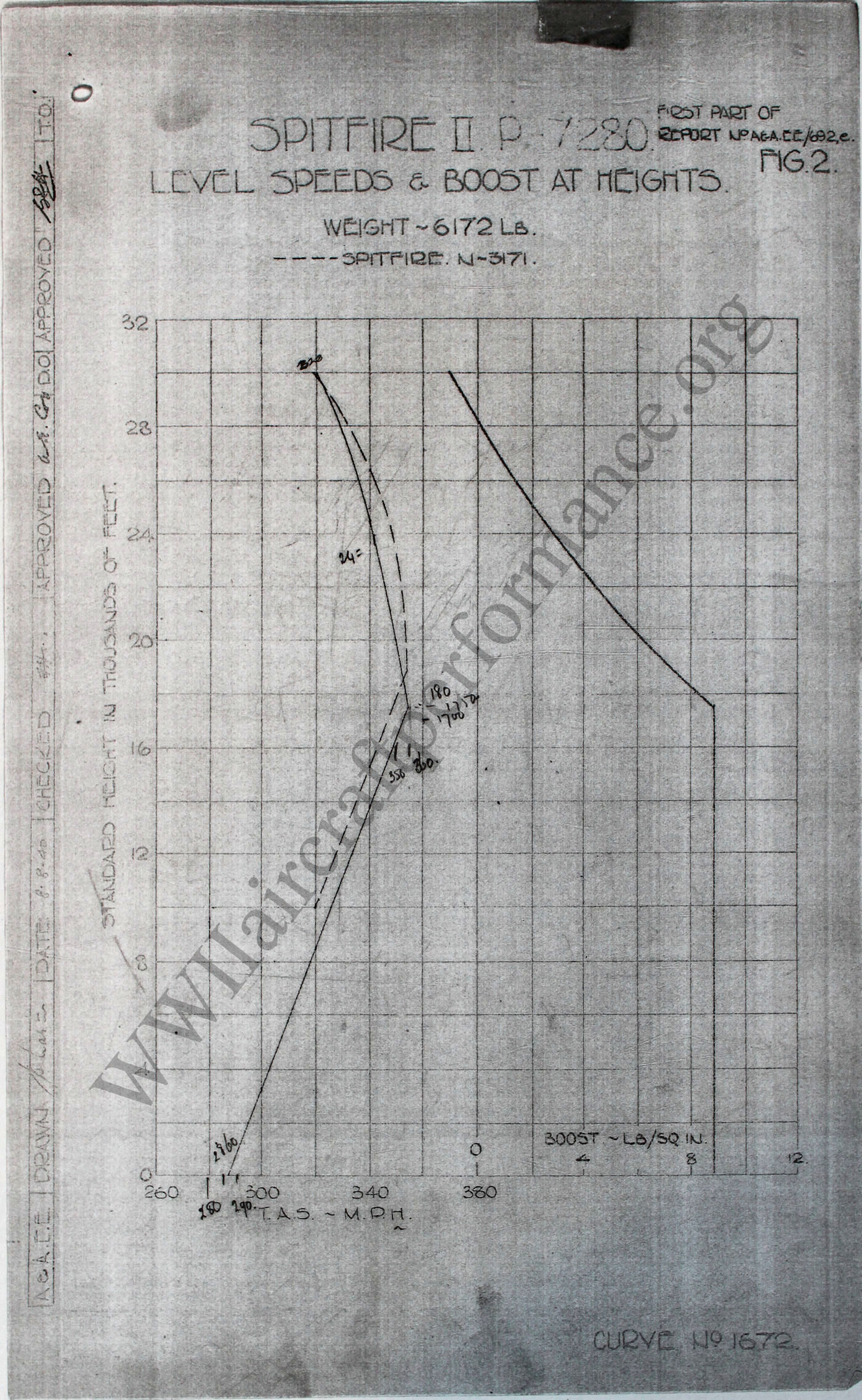
 |
|
#1
|
|||
|
|||
|
S! Everyone
So... im sorry for my english, ill try to be clear Patch used BETA PATCH v1.06.17582 + HOTFIX Today i was collecting datas to plot this graphs, maybe this information could help producers to modeling correctly the engines and for us, pilots, who want to know what is the better engine setting and aicraft topspeed in simulator. So he we go with this PDF file. I test speeds at 3000rpm, 2800rpm and 2600rpm Full Throttle and WEP. Be carrefull with overboost at high altitudes, the supercharger injects hot air in the engines, so if you dont care, you can blow your engine to fast. All the tests start with one spit IIa, full tanks, full ammo, pilot with parachute. I start at ground, Sea Level at Manston Air Field, sun weather. I prefer start at ground to be more realistic in simulation, we start at ground and set our engines to climb, there is a fuel burn rate at the altitude desired and begin the data collects. hope you guys enjoy, and i hope this datas help you to decide better tatics against 109´s, i have my opinion, if someone wants to know just ask, ill be honor to post here! S! gentleman! |
|
#2
|
|||
|
|||
|
Quote:

|
|
#3
|
||||
|
||||
|
Quote:
__________________

|
|
#4
|
||||
|
||||
|
Quote:
In otherwords, at standard conditions and low density altitude you have the chance of realizing a performance increase at high boost and rpm. You can also see by your test that the 2800 rpm data is almost an exact match looking at SL and your test FTH on a standard day. Your recorded FTH is off though for a standard day. However, the FTH does not match 29.29inHg at 66.2F. What are the temperature and pressure you recorded the data under? I am not sharp shooting your effort. Trying to help you guys get the data you want to make sure all the FM's are correct. If you don't give the developers the information they need, then they cannot find the issue and fix it. Some details that need to be included in each test: Take off weight There is a control somewhere to set the temperature and pressure. If you can set them too: SL Temperature 15C SL pressure 1013.25mb Climb speeds Engine settings and rpm FTH You have a well organized set of data that is easy to work with combined with visual graphs to spot trends. That is great. Don't forget too that the details of the RL performance are extremely important as well. How the aircraft is set up, weight, configuration, etc... All of these effect performance. Lastly, aircraft performance is a percentage range so looking at a single set of data from a real aircraft may not be representative of the typical performance of the type. For example, the Spitfire test P7280 does not seem to have a rear view mirror listed. Quote:
The absence of a rearview will effect the Vmax of the airplane in the Spitfire. The presence of the mirror is noted in RAE test's. Aircraft performance is all about the specific conditions!
__________________

|
|
#5
|
|||
|
|||
|
I'm getting really tired of your B&*(&*^t. It was virtually impossible to destroy an engine at high altitude because the engine simply can't produce enough boost to cause damage. High RPM was necessary to produce sufficient boost for the engine to develop maximum power. The boost at altitude graph that I posted earlier shows the engine holding 8.8lbs to 17550ft at 2990 rpm. The idea that somehow the engine would destroy itself at these boost levels is complete nonsense and shows how the simulation at it's current state of development is complete crap.
Last edited by Seadog; 06-29-2012 at 03:08 PM. |
|
#6
|
|||
|
|||
|
Watch your language...
On the topic at hand, going fine pitch/high RPM while flying in low-density air decreases performance after a certain point. The air is "thin" so you need to coarsen the pitch (lower RPMs) to get a sufficient bite of air, otherwise the prop just spins around really fast without pushing the needed amount of airflow. It's modeled the same way in 109s by the way (you get better performance if you drop your RPMs a bit at higher altitudes) and it's one of the first things i noticed and really liked in the sim. |
|
#7
|
|||
|
|||
|
Quote:
Last edited by Seadog; 06-29-2012 at 03:23 PM. |
|
#8
|
||||
|
||||
|
I thought we decided that the atmosphere in game was way off the mark?
|
|
#9
|
||||
|
||||
|
Quote:
Not completely, there is a setting on the FMB which brings the atmospheric temparatures in line with ISA, but by default it seems the atmosphere is modelled as ISA + 10 which is perfectly feasible in the real world in summer time, with ISA +10 we can expect to see an underperformance from what is stated in aircraft flight manuals, the results of my atmospheric tests are in the hurricane speed thread. http://forum.1cpublishing.eu/showthread.php?t=32523 at some point I wan't to check the pressure lapse rate but I don't think it makes for as big an issue as temparature.
__________________
 Intel Q9550 @3.3ghz(OC), Asus rampage extreme MOBO, Nvidia GTX470 1.2Gb Vram, 8Gb DDR3 Ram, Win 7 64bit ultimate edition |
|
#10
|
|||
|
|||
|
Good afternoon gents
so, takeoff weight = maximun takeoff weight Temperature and pressure default, default settings and weather... Climb speeds at 160mph @2600rpm - full throtle - better setting to climb. Tests under 115ºC water temp. oil temp under 95º - maximun ºC permited under emergency purpose. |
 |
|
|